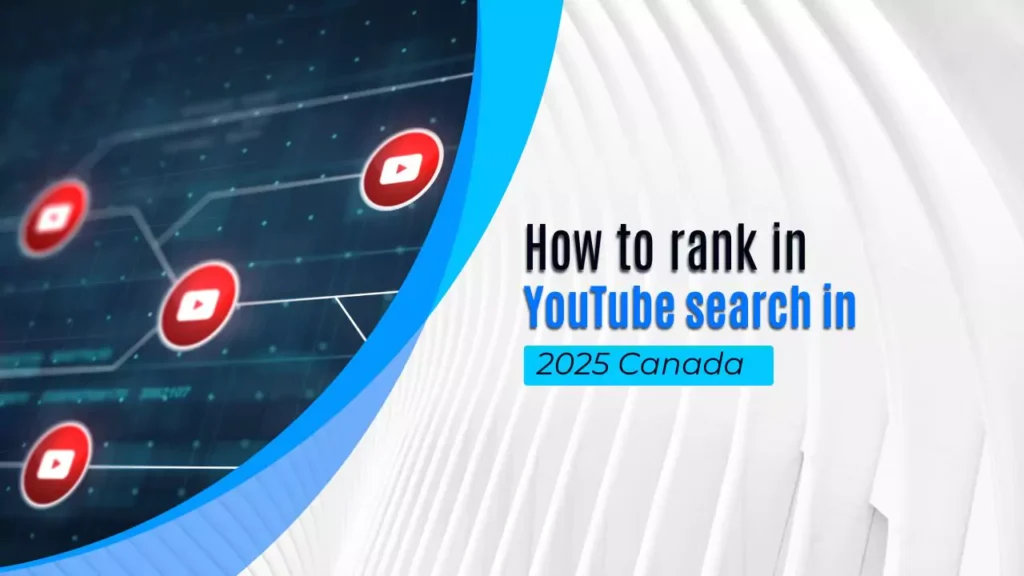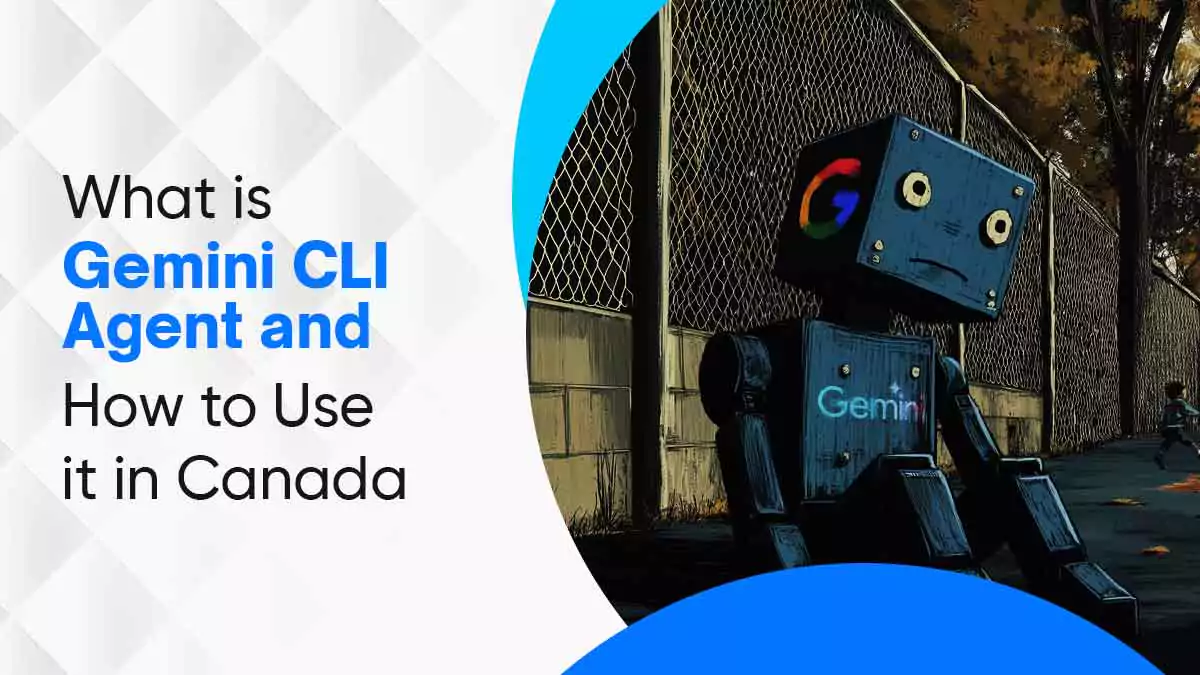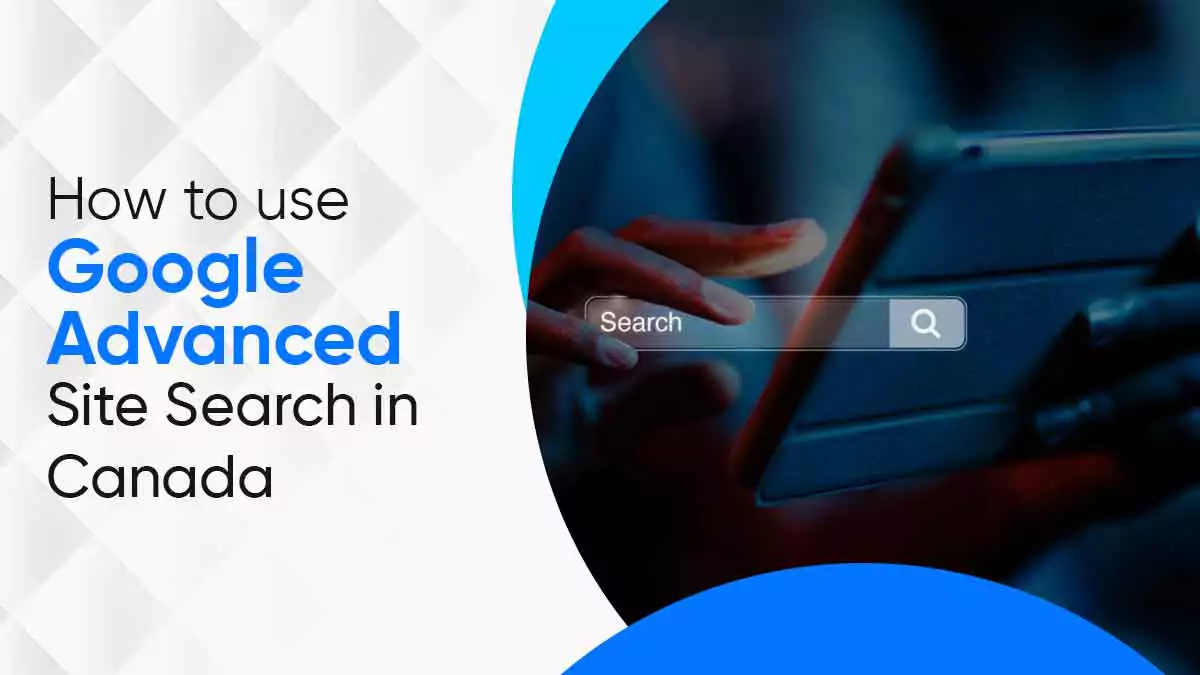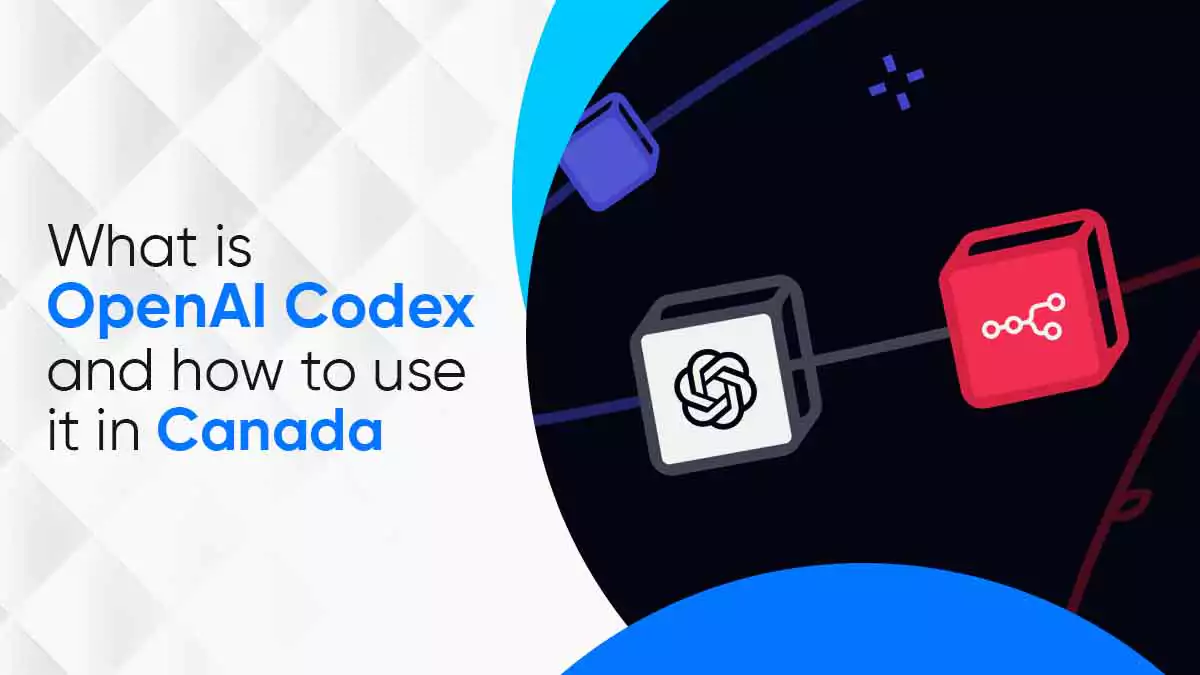If you want to rank on YouTube in 2025, you need more than just uploading a video and hoping it goes viral. With so many creators competing for attention, smart creators are turning to YouTube SEO and proven optimization techniques to stand out.
In a hurry? Here are some quick key points to rank YouTube videos in 2025:
- Clear, focused content improves your chances of ranking in YouTube search and gaining more views.
- Use clear video titles and descriptions with keywords like “how to rank YouTube videos” and “YouTube video SEO.”
- Tags still matter. Use both broad and specific ones to help the algorithm sort your video.
- Video metadata, like length, upload time, and total views, adds context to your content.
- High watch time tells YouTube that viewers enjoy your video, which boosts its visibility.
- Engagement, such as likes, comments, and shares, helps push your video to even more viewers.
What Is the YouTube Algorithm?
The YouTube algorithm is a smart system. It chooses which videos to show people based on what they like. It looks at your video’s info, how people react to it, and what they’ve watched before.
How Does the YouTube Algorithm Work in 2025?
In 2025, YouTube wants to keep people watching longer. The more time someone spends on the platform, the better. So, the algorithm looks for videos that make people stay.
To figure this out, YouTube asks users how they feel about a video. It also looks at how often people click “Not Interested,” how many likes or dislikes a video gets, and how many times it’s shared. These are key YouTube ranking factors.
Google engineers explained this in a research paper. They said the algorithm mostly looks at watch time per impression. That means, out of all the people who saw your video, how many actually watched it, and for how long.
They also said just having a high click-through rate (CTR) isn’t enough. Clickbait might get clicks, but if people don’t keep watching, the video won’t rank. Watch time is a stronger sign of real value.
Where the Algorithm Works: Homepage vs Suggested Videos
YouTube uses the algorithm in different ways depending on where people are.
When someone visits the homepage, YouTube tries to show videos that are likely to pull them in. It looks at video performance (how other viewers reacted) and personalization (your past behavior).
The homepage doesn’t know what the viewer wants yet. So it guesses based on past videos they liked. That’s why YouTube analytics and your video engagement metrics are important. They help your video show up to the right people.
Now, when someone is watching a video, YouTube also suggests new ones on the side. This is the Suggested Videos section.
How Suggested Videos Work
Suggested videos are based on the current viewing session. YouTube shows videos that are often watched together or that match the topic of the video being played.
It also looks at your history, what you’ve watched before, and what you might enjoy next. This is a great time to use end screens and cards to keep people on your channel.
That’s why your YouTube keyword strategy and video script optimization matter. They keep your content in line with what your audience wants to watch next.
What About Trending Videos?
Trending videos are chosen differently. YouTube looks at things like how fast views are coming in, where those views are from, and how new the video is.
This list updates every 15 minutes. But just because a video has a lot of views doesn’t mean it will be #1. YouTube also wants to show different types of content that follow community rules.
Trending is more about what’s popular right now, not just what ranks best. But it’s still based on strong YouTube video SEO and audience retention.
Best Practices to Rank Your YouTube Videos in 2025
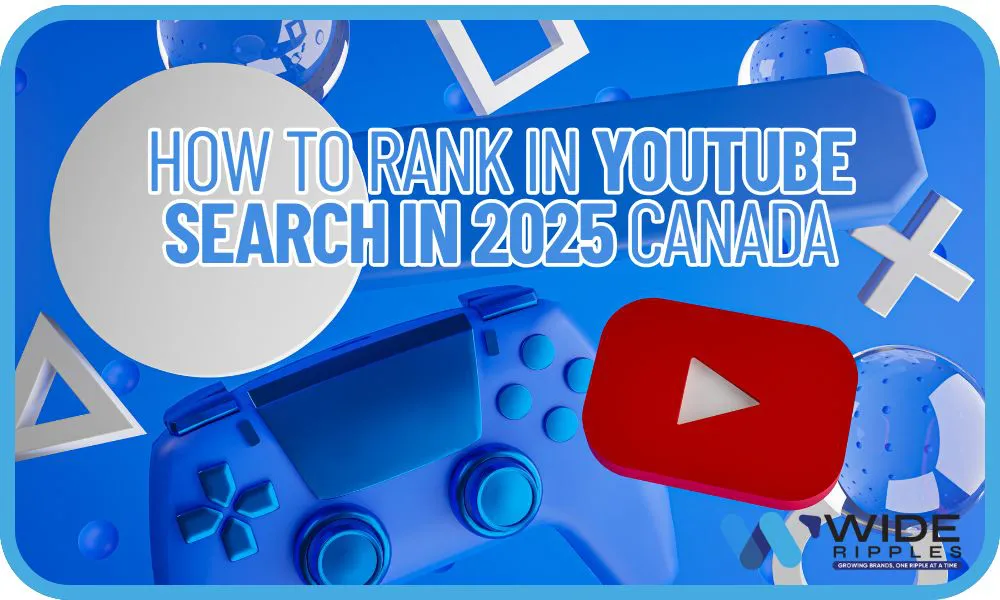
1. Pick the Right Keywords
YouTube search optimization starts with picking the right keywords. These help your video show up in the right search results.
Ways to find good keywords:
- Use YouTube auto-suggest to see what people are typing
- Check Google Trends for popular search patterns
- Use tools like TubeBuddy or vidIQ for keyword score and competition
2. Optimize for Click-Through Rate (CTR)
CTR shows how many people click on your video after seeing it. A strong CTR means YouTube will show your video to more users.
How to boost CTR:
- Use custom thumbnails with faces and emotion
- Write strong titles like: “YouTube SEO Hacks: Rank #1 in 2025”
- Add focus keywords in your description’s first 100 characters
- Include timestamps to make it easy to follow
High CTR gets people in. But keeping them is what matters next.
3. Increase Audience Retention
YouTube wants people to watch longer. Videos with high audience retention perform better in search and recommendations.
Ways to keep viewers:
- Hook them in the first 10 seconds
- Use visuals and text to break the pattern
- Deliver what your title promises, no fluff
- Keep your editing tight to avoid boredom
Higher watch time helps you rank higher on YouTube and show up in suggested videos.
4. Stick to a Consistent Video Format
Consistency builds trust. When your viewers know what to expect, they’re more likely to return and subscribe.
Think of these examples:
- First We Feast: Celebrities and food
- Blendtec’s Will It Blend?: Blending odd objects
- Vox: Explaining news in an easy way
These channels stick to a clear premise. That’s what makes their content “sticky.”
If your channel covers many topics, consider separating them into different channels. That way, your main audience always gets what they came for.
Also, try free video editing tools that upload directly to your channel, making it easier to stay consistent.
5. Feed the Recommendation Engine
New creators can’t rely on the algorithm alone. You need to send people to your videos first.
Try this:
- Share videos with your email list
- Promote on social media
- Partner with influencers
- Launch a YouTube affiliate marketing program
YouTube uses watch history and subscriber behavior to suggest videos. So the more people you bring in from outside, the better your chance of getting recommended later.
The more videos someone watches from your channel, the more likely YouTube is to show them more.
6. Create Thumbnails That Get Clicked
Your thumbnail is your video’s first impression.
Here’s how to make better ones:
- Use 1 to 3 expressive faces
- Follow the rule of thirds for better image balance
- Add a few bold words to explain the video’s hook
- Keep mobile in mind, most viewers are on phones
- Add branding so your videos are easy to recognize
Look at YouTube Trending or Netflix covers for ideas. Both platforms use faces, action shots, and clean layouts to grab attention.
7. Encourage Viewers to Stay
Getting views is just the start. To increase YouTube watch time, viewers need to stick around.
Tips to increase video completion:
- Start with a strong hook
- Use jump cuts and visual changes
- Add subtitles for silent viewing
- Ask viewers to subscribe or check other videos
- Keep the pace moving, avoid long static shots
Every second someone watches helps you rise in YouTube rankings.
8. Encourage Binge-Watching on Your Channel
YouTube loves binge-watching. If one viewer watches more than one of your videos, that’s a strong signal.
Here’s how to make that happen:
- Use end screens and cards to link related content
- Share videos using playlists
- Keep the same video style and tone
- Add short clips or previews of your other videos inside your content
- Turn on subtitles to make your videos more accessible
These steps help increase total channel-level watch time, which leads to more recommendations and organic reach on YouTube.
9. Optimize Around a Focus Keyword
Every video should focus on one main keyword, along with some related ones.
To do this:
- Use tools like TubeBuddy to check keyword strength
Choose keywords with high interest and low competition - Include your keyword in the title, description, and tags
- Add relevant hashtags to your video description
Example: If your video is about “YouTube SEO Canada,” make sure the phrase appears in the title and the description naturally.
This helps with both YouTube search engine optimization and algorithm recommendations.
10. Watch What Competitors Are Doing
It’s smart to look at channels similar to yours.
Look for:
- Their most popular videos
- Which playlists do they create
- How active their community is
- How do they write titles and descriptions
Then improve upon their ideas. Your goal is to increase YouTube views while offering something even better.
11. Track Your YouTube Metrics
YouTube’s algorithm tracks a lot. So should you.
Go to YouTube Studio and check:
- Impressions: How often your thumbnail is shown
- CTR: How often people click after seeing it
- Watch time from impressions: How long people watch after clicking
- Traffic sources: Where your views come from
Use this data to tweak titles, thumbnails, and content style.
Avoid clickbait. If people leave right after clicking, your ranking will drop.
12. Use YouTube Shorts
YouTube Shorts are short, vertical videos. They work great on mobile and have their own algorithm.
To win with Shorts:
- Keep videos under 60 seconds
- Use trending sounds or formats
- Focus on high engagement and watch time
- Add keywords in your title and tags
- Stay consistent, Shorts need volume and frequency
Shorts are a great way to reach new viewers fast. And once they like your short videos, they might check your long-form content too.
Use the Algorithm to Grow
The YouTube algorithm in 2025 is smarter than ever. But the goal is still the same: help users find and enjoy more videos.
So don’t try to “game” the system. Instead, create videos that people enjoy, watch till the end, and come back for more.
Bonus: YouTube SEO Tips for Canadian Creators
If you are in Canada, don’t forget local SEO. Use phrases like:
- YouTube SEO Canada
- Rank YouTube videos in Canada
- YouTube optimization Toronto
- Grow a YouTube channel in Canada
Add them in descriptions, titles, or scripts when relevant. Local targeting helps you show up in YouTube search ranking in Toronto and other Canadian locations.
Ready to Rank?
Whether you’re a new creator or a growing brand, these YouTube SEO techniques will help you reach more viewers, boost engagement, and grow your channel in 2025.
Need help? Wide Ripples offers expert support in YouTube ranking services in Canada, metadata optimization, strategy planning, and more.
Take control of your YouTube success, start optimizing today, and let the algorithm work for you.
Quick FAQs
How do I rank YouTube videos fast in 2025?
To rank videos quickly on YouTube in 2025, you need to focus on using the right keywords, designing click-worthy thumbnails, and keeping your audience watching. The algorithm responds best to videos that get early engagement. Sharing your video through social media, email lists, and communities right after uploading helps drive those first views.
What’s the best YouTube SEO tool in Canada?
The most popular SEO tools among Canadian creators are TubeBuddy and VidIQ. Both offer solid keyword research, tag suggestions, and performance tracking.
How do I rank a video with no subscribers?
YouTube ranks videos based on relevance, engagement, and watch time. Even if you’re starting from zero, you can get your video to show up by choosing the right keywords and optimizing your title and description.
Is TubeBuddy better than VidIQ in 2025?
Both TubeBuddy and VidIQ are strong tools, and the better option depends on your needs. TubeBuddy offers simple, in-browser features that are easy to follow, making it a good pick for creators just getting started.
How much does YouTube SEO cost in Toronto?
The cost of YouTube SEO in Toronto varies based on how you approach it. If you use tools like TubeBuddy or VidIQ yourself, it might cost around $10 to $50 per month. Hiring a local YouTube SEO expert in Toronto usually starts around $300 per video and can go much higher based on the services included.
Do tags still help rank videos on YouTube?
Tags help support your video’s visibility, especially when the title or description is unclear. In 2025, tags are seen as a secondary ranking signal. YouTube now relies more on audience behavior, watch time, and metadata like titles and thumbnails.
What’s the fastest way to grow a YouTube channel in Canada?
The fastest way to grow a YouTube channel in Canada is to stay focused on one niche, post consistently, and use local and topic-specific keywords. Collaborations with Canadian influencers can also expose your videos to new audiences.
Can I use AI to optimize YouTube content in 2025?
It helps with writing video titles, finding keywords, analyzing competitors, and even planning content topics. TubeBuddy and VidIQ both include AI tools to improve your YouTube SEO strategy.
Does watch time affect YouTube ranking?
Watch time is one of the most important factors in YouTube’s ranking system. If people stay and watch your video all the way through, YouTube sees it as a sign of high-quality content. That’s why creators work on their video structure and editing style, to hold attention as long as possible.
Which keywords should I use on YouTube for more views?
The best keywords are the ones your target viewers are already searching for. Look for specific phrases, have a strong search volume and match your video topic. Using long-tail keywords like “how to rank videos with no subscribers” or “YouTube SEO guide for beginners” helps you get found more easily.
Disclaimer: The information provided in this blog is for general informational purposes only. For professional assistance and advice, please contact experts.
